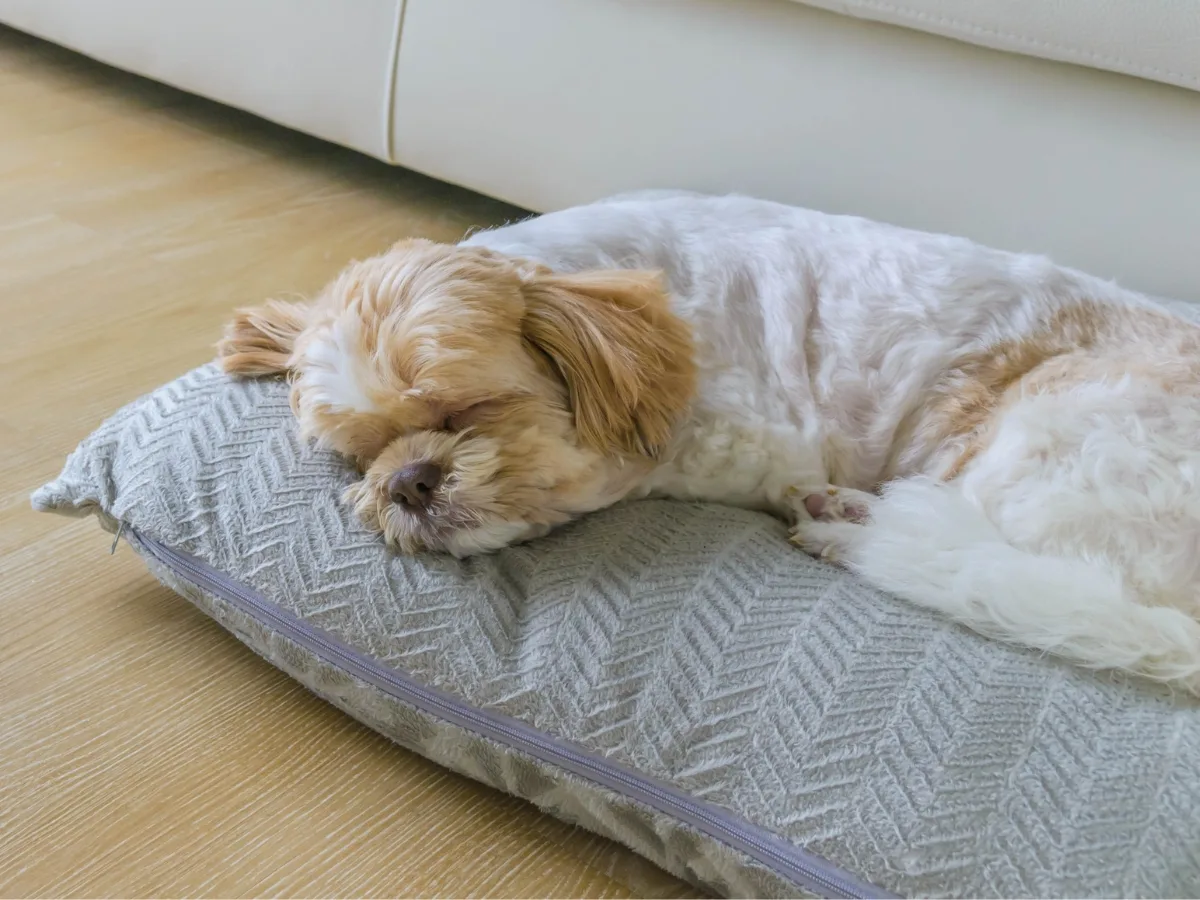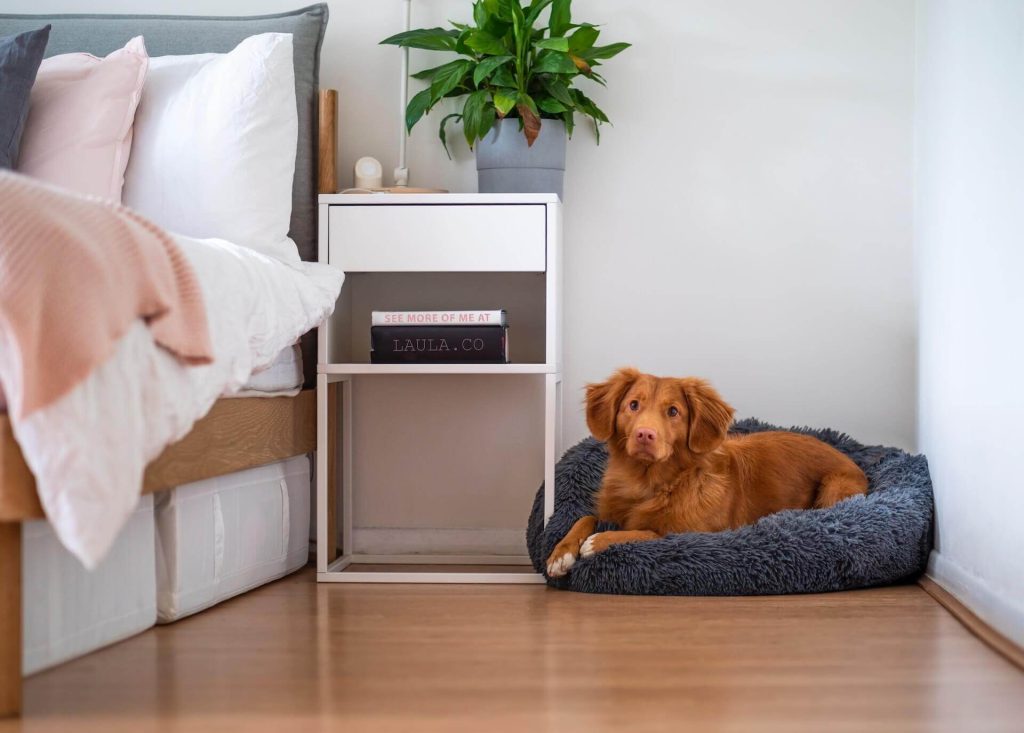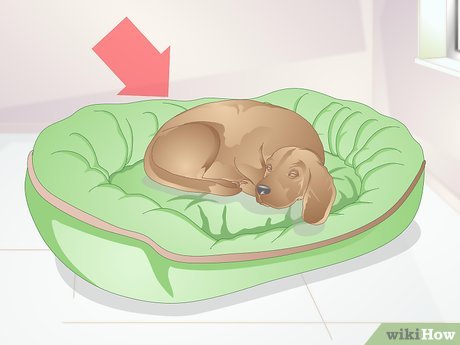Finding the perfect spot for your dog’s bed in the bedroom can be an exciting yet challenging task. While you want your furry friend to have a cozy and comfortable space to rest, you also need to consider factors like convenience and aesthetics. It’s important to strike a balance that ensures your dog feels safe and secure while also complementing the overall design of your bedroom. In this article, we will explore different areas in the bedroom where you can place your dog’s bed, taking into account factors such as natural light, noise levels, and accessibility. So, let’s dive in and create the perfect doggy haven in your bedroom!
Factors to Consider
When determining the perfect spot for your dog bed in the bedroom, there are several factors to consider to ensure your furry friend’s comfort and well-being. From the size of the dog bed to the accessibility and cleanliness of the area, taking these factors into account will help create a cozy and inviting space for your beloved pet.
Size of the Dog Bed
The size of the dog bed is an important consideration when determining its placement in the bedroom. You want to ensure that the bed is appropriate for your dog’s breed and size. A bed that is too small can be uncomfortable and restrictive for your pet, while a bed that is too large may take up excessive space in the room. Take into account your dog’s breed, weight, and dimensions to select a bed that allows them to stretch out comfortably and curl up if desired.
Temperature and Ventilation
Maintaining an optimal temperature for your dog’s bed is crucial for their overall comfort. Consider placing the bed away from direct sources of heat or cold drafts, such as radiators or air conditioning vents. Dogs are sensitive to temperature changes, and exposure to extreme temperatures can lead to discomfort or even health issues. Good air circulation is also vital to ensure a fresh and breathable environment around the bed.
Noise Level
Dogs thrive in a calm and peaceful environment, especially during sleep. When selecting the placement for the dog bed in your bedroom, you should consider isolating it from noise sources that could disrupt their rest. Avoid placing the bed near appliances, such as TVs, washing machines, or loud fans, that may emit noise and vibrations. Additionally, take into account your dog’s sensitivity to noise and choose a quieter area in the bedroom to promote relaxation during sleep.
Proximity to Owner
Dogs are sociable creatures that often seek emotional security and companionship, particularly during bedtime. Placing the dog bed within close proximity to your own sleeping area can help ensure that your furry friend feels safe and connected to their family. This close proximity allows for bonding moments before bedtime, reduces separation anxiety, and allows for easy monitoring during the night if needed.
Accessibility
Considerations for older dogs or those with mobility issues are crucial when selecting the perfect spot for their bed. Ensure that the chosen location avoids obstacles and allows for easy entry and exit. Steps, high platforms, or areas that require jumping may pose challenges for dogs with joint problems or neurological conditions. A comfortable and accessible location will provide your pet with peace of mind and make it easier for them to navigate their sleeping space.
Natural Light
While dogs typically enjoy daylight and fresh air, it’s important to strike a balance when it comes to natural light exposure in their sleeping area. Avoid placing the bed in direct sunlight, as this can cause discomfort and excessive heat. Consider your dog’s preferences and select a location that provides a gentle and diffused natural light during the day while maintaining a cool and comfortable environment.
Flooring and Cleanliness
The type of flooring and cleanliness of the area surrounding the dog bed are essential for your pet’s well-being. Different flooring types may provide varying levels of comfort and support for your dog’s joints. For example, carpeted areas may offer a softer surface compared to hardwood or tile floors. Additionally, consider the ease of cleaning and maintenance to ensure a hygienic environment. If your dog is prone to shedding or accidents, choose a location that allows for easy clean-up and minimizes allergens.
Privacy
Creating a sense of security and personal space for your dog is vital for their relaxation and peaceful sleep. Avoid placing the dog bed in high-traffic areas of the bedroom, such as doorways or walkways, to minimize external distractions. Choose a location away from frequent foot traffic to ensure that your pet can retreat to their own private sanctuary when needed.
Safety
When selecting the perfect spot for your dog’s bed, safety should always be a top priority. Ensure that the chosen location is free from potential hazards, such as sharp edges, electrical cords, or items that could be chewed on and pose a choking risk. Regularly inspect the area surrounding the bed to ensure a safe environment for your furry friend.
Multiple Dog Beds
If you have multiple dogs, it’s crucial to consider their individual needs when determining the placement of their beds in the bedroom. Providing separate beds for each dog can help minimize potential conflicts and ensure that each pet has their own dedicated space. Take into account the size, breed, and sleep behavior of each dog to create a harmonious sleeping arrangement that caters to their unique needs.
By considering these factors, you can choose the perfect spot for your dog’s bed in the bedroom. Ultimately, it’s important to prioritize your dog’s comfort, safety, and emotional well-being to create a cozy and inviting sleeping space in the heart of your home.










